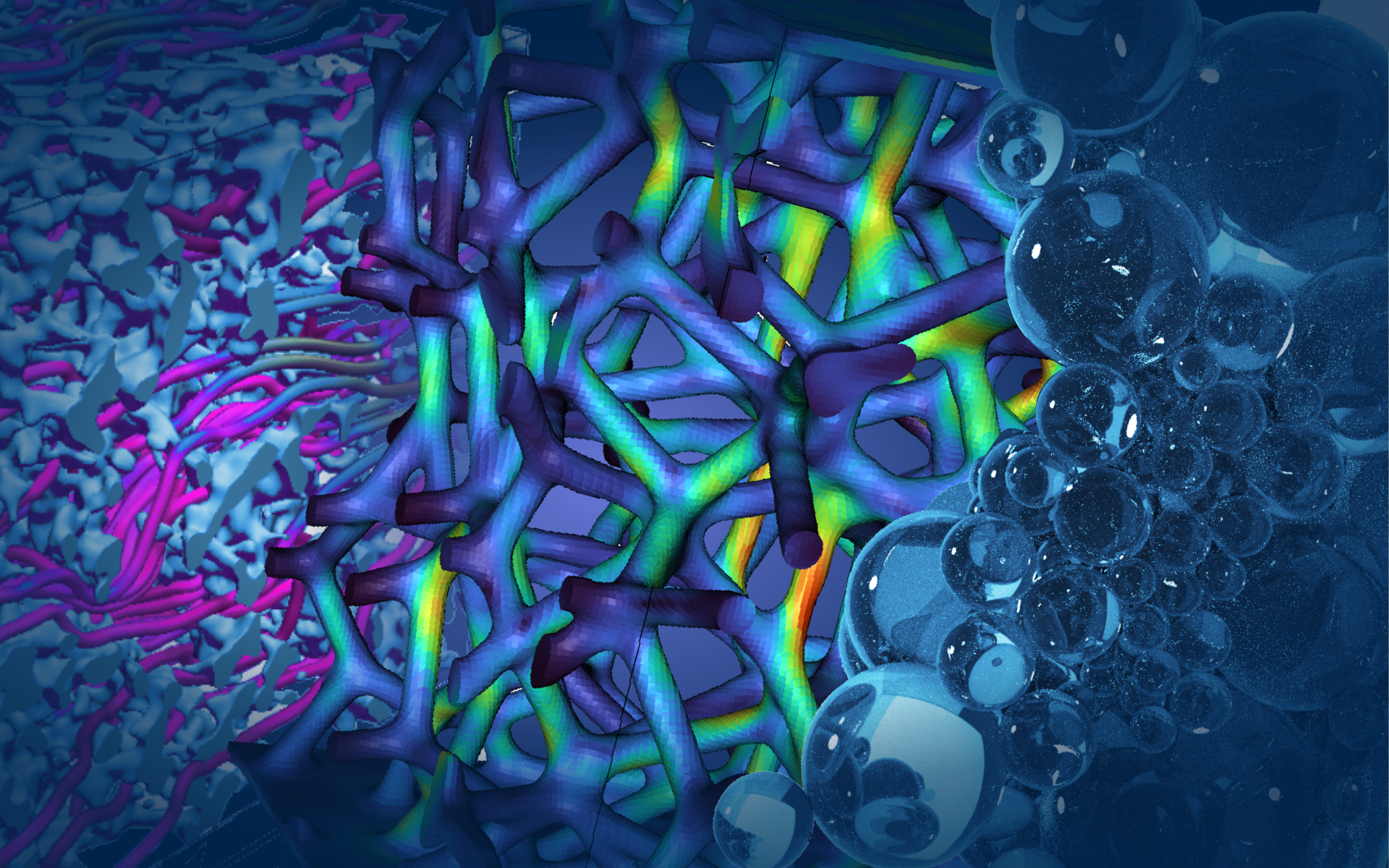
Institute of Digital Materials Science
BMBF: OptiProt - Optimised protein distribution through porosity design of diagnostic carriers
Contact: Prof. Dr. rer. nat. Britta Nestler
Funding: Federal Ministry of Education and Research
Start date: 2017
End date: 2019
The development and optimisation of lateral flow assays requires increasing sensitivity, reducing the amount of reagent and the amount of sample required. To achieve these goals, the challenge for research and development is to provide methods for the production of new membrane structures. These methods require the consideration of multiple influencing parameters such as properties of the fluids, the interfaces and the structure. Simulation models of the test procedures support the optimisation of existing membranes with regard to the required properties of increasing sensitivity and reducing the amount of sample and reagent. The calculations lead to a better understanding of the physical processes and provide the manufacturer Sartorius with essential information for an improved membrane design. Within the framework of the project, new simulation methods are being developed to describe the spreading of a liquid in porous membrane structures, to record protein adsorption and to optimise the flow channels in microstructured membranes. The simulations allow a detailed analysis of the penetration and propagation dynamics of the liquid depending on the membrane, interface and liquid properties. As a result of the simulations, system variables such as the porosity of the membrane, the web structure, the structure of the channel meshes, the contact angles, the surface tension and the protein concentrations can be predicted, which lead to an improvement of the membrane. Furthermore, the protein adsorption capacity can be predicted from the calculations. Based on the computational models created for the microstructure scale and validation using data from measured process runs at Sartorius Stedim Biotech GmbH, effective system variables for use on the macroscale are to be derived together with the partner TinniT Technologies GmbH. Through the targeted multi-scale modelling, complete lateral flow tests are to be calculated for the newly designed membranes and evaluated by comparison with experiments.